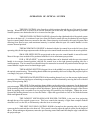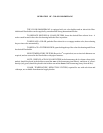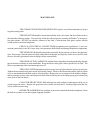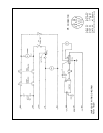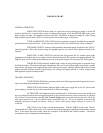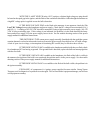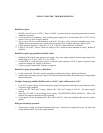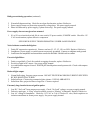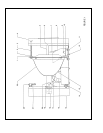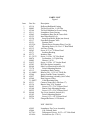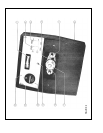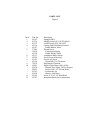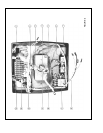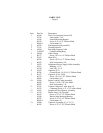Bulb goes out during operation (continued)
2. Xenon bulb depressurizing. Check for envelope discoloration; replace if defective.
3. Power supply brown-out protection actuated by voltage drop. See power supply manual.
4. Phase loss detected by power supply (3 phase units only). See power supply manual.
Power supply does not energize when actuated.
1. S1 or S5 cover interlock switch, S4 air vane switch, S2 power switch, S3 MODE switch. Check for 115
V.AC at each station; replace defective component.
SEE POWER SUPPLY TROUBLESHOOTING UNDER SAME HEADING.
Noise in theatre sound as bulb ignites.
1. Faulty RF suppression capacitor(s). Remove and test C1, C2, C3, C4A or C4B. Replace if defective.
2. Lamphouse, power supply, or sound system not properly grounded. Connect to adequate earth ground.
3. Leads between lamphouse and automation contact not shielded. Shield leads in conduit.
Excessive light flicker.
1. Faulty or aged bulb. Check for cracked or sagging electrodes; replace if defective.
2. Excessive ripple in DC output. See power supply manual.
3. Arc stabilization magnet reversed. NORTH pole should point toward operator side. Check with compass
if required.
Reduced light output.
1. Normal bulb aging. Increase output current. DO NOT EXCEED MAXIMUM CURRENT SPECIFIED
BY BULB MANUFACTURER.
2. Soiled reflector. Clean using commercial glass cleaner. USE NO ABRASIVES.
3. Soiled heat filter, projection lens or large lens. Clean as required.
Extremely long duration between ignition pulses.
1. Low DC “No Load” from xenon power supply. Check “No Load” voltage; see power supply manual.
2. Defective spark gap. A “Ping” sound is normal; excessive “Hissing” is abnormal. Replace if defective.
3. Low AC voltage to lamphouse. Check for 115 V.AC at 2 & 4; if below 95 volts, check stepdown or
isolation transformer in xenon power supply. See power supply manual.



